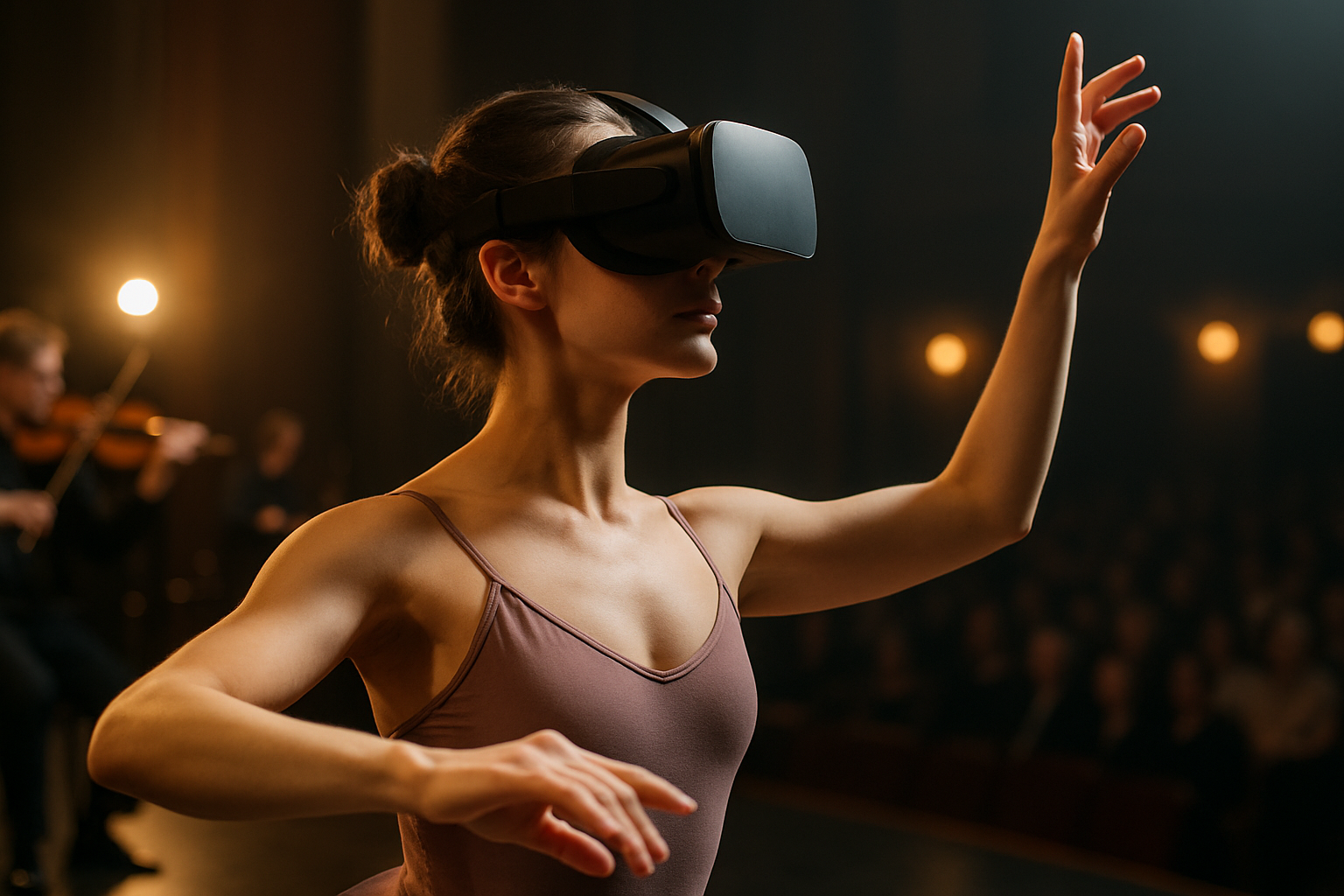Holographic Performances: The Future of Live Entertainment
In an era where technology continues to reshape our world, the entertainment industry is witnessing a revolutionary transformation. Holographic performances, once confined to the realm of science fiction, are now becoming a reality, captivating audiences and redefining the boundaries of live entertainment. This cutting-edge technology is not only bringing deceased artists back to life on stage but also creating entirely new possibilities for live shows, concerts, and theatrical productions. As holographic performances gain traction, they promise to revolutionize the way we experience and interact with our favorite performers, blurring the lines between the physical and digital realms.

Technological Advancements Driving the Trend
The rapid progress in holographic technology has been fueled by advancements in laser projection, computer-generated imagery (CGI), and artificial intelligence. Modern holographic systems use a combination of high-resolution projectors, specialized screens, and sophisticated software to create lifelike, three-dimensional images that can interact with live performers and audiences. These systems have become increasingly compact, portable, and cost-effective, making them more accessible to a wider range of productions.
Resurrecting Icons and Creating New Experiences
One of the most talked-about applications of holographic technology in entertainment is the ability to bring deceased artists back to the stage. From Michael Jackson to Whitney Houston, holographic performances have allowed fans to experience the magic of these legendary performers once again. However, the technology’s potential extends far beyond nostalgia. Living artists are also embracing holograms to create innovative and immersive experiences for their audiences. For instance, some performers are using holographic technology to appear in multiple locations simultaneously or to interact with digital versions of themselves on stage.
The Impact on the Music Industry
The music industry has been at the forefront of adopting holographic technology. Holographic concerts are becoming increasingly popular, allowing artists to reach audiences in remote locations without the need for physical travel. This not only reduces the environmental impact of touring but also opens up new revenue streams for musicians. Additionally, holographic technology is being used to create virtual band members, allowing solo artists to perform with a full ensemble or enabling collaborations between artists from different eras.
Transforming Theater and Dance
The world of theater and dance is also embracing holographic technology to push the boundaries of creative expression. Directors and choreographers are incorporating holographic elements into their productions to create stunning visual effects, enhance storytelling, and transport audiences to fantastical worlds. From holographic set designs to virtual dancers interacting with live performers, the possibilities are endless. This fusion of traditional performing arts with cutting-edge technology is giving rise to entirely new forms of artistic expression.
Challenges and Ethical Considerations
While holographic performances offer exciting possibilities, they also raise complex ethical and legal questions. The use of deceased artists’ likenesses, for example, has sparked debates about image rights and the appropriateness of posthumous performances. There are also concerns about the potential for holographic technology to be used to create deepfakes or misleading content. As the technology continues to evolve, industry stakeholders and policymakers will need to grapple with these issues to ensure responsible and ethical use of holographic performances.
The Future of Holographic Entertainment
As holographic technology continues to advance, we can expect to see even more innovative applications in the entertainment industry. From personalized holographic experiences in our homes to large-scale outdoor projections that transform entire cityscapes, the potential is vast. Some experts predict that holographic technology will eventually lead to the development of fully immersive, interactive entertainment experiences that blur the line between reality and virtual worlds.
In conclusion, holographic performances represent a paradigm shift in the entertainment industry, offering new ways to create, consume, and experience art. As the technology matures and becomes more widespread, it has the potential to revolutionize live entertainment, opening up unprecedented possibilities for artists and audiences alike. While challenges remain, the future of holographic performances looks bright, promising to usher in a new era of creativity and innovation in the world of arts and entertainment.





